Investing with Intelligent ETFs: Strategies for Profiting from the New Breed of Securities
$18.20
| Author(s) | |
|---|---|
| Pages |
255 |
| Format |
|
| Publication Year |
2008 |
Investing with Intelligent ETFs explains how these and other ETFs are constructed, and why they are superior to stocks and mutual funds. Illustrating strategies previously available only to professional investors, it helps you maximize your leverage and versatility in today’s increasingly complex but profitable global market. With this thorough, insightful book, you can participate in new innovative investment strategies with all the knowledge and confidence you’ll need.
Introductions:
The book you are holding is an invaluable resource for every investor and trader, from people who know nothing about investments to people who have invested and traded for years. By reading this book you will not only see how indexing can often help you beat most professional stock pickers but you will also learn about new ETFs.
These include the ETFs that seek to replicate the performance, not counting fees and expenses, of intelligent indexes. Also covered are magnified-return ETFs, which offer the potential of twice the return of an index, but, of course, there is also twice the risk. There are ETFs that allow you to short indexes, with the potential of one or two times, giving you the tools to create your own hedge fund. You will learn how to use ETFs that track fundamentally weighted indexes as opposed to the traditional firstgeneration indexes, which are usually a variation of cap-weighted.
The new securities are constructed to outperform the original indexes. The original indexes are effective, but this book will show alternative investments that can add alpha to a portfolio. I’ve included figures throughout that document the compelling track records of the new securities. There are now ETFs that track indexes of currencies and commodities and other specialized, alternative ETFs that have a low correlation to the stock market. There are also ETFs for BRIC countries (Brazil,Russia, India, China), which are the fastest growing regions in the world.
These new ETFs enable you to execute strategies previously available only to the most sophisticated investors. For example, you can buy the Russell 2000 Index on a magnified basis, which would possibly increase the return from this index by about 200 percent, or you can short the Russell 2000 on a magnified basis. You can now buy ETFs that provide exposure to developed and emerging foreign markets. If you think that these markets are overpriced or that markets worldwide are going lower, there are ETFs that allow you to short these countries and regions.
The new securities have revolutionized today’s marketplace by making these investment and trading strategies available to everyone, not just the most sophisticated investor. This book will show you how ETFs are constructed and how this form of investing is superior to buying stocks or mutual funds.
Contents:
- Explaining Exchange-Traded Funds
- Investing in a Rapidly Changing World
- PowerShares
- Ways to Weight Indexes
- Rydex Investments
- ProShares
- Wisdom Tree
- The Origin and Growth of Intelligent ETFs
- Claymore Securities
- Specialized ETF Approaches
- The Importance of Investing in Emerging Markets
Investing with Intelligent ETFs: Strategies for Profiting from the New Breed of Securities By Max Isaacman pdf
2 reviews for Investing with Intelligent ETFs: Strategies for Profiting from the New Breed of Securities
Clear filtersOnly logged in customers who have purchased this product may leave a review.

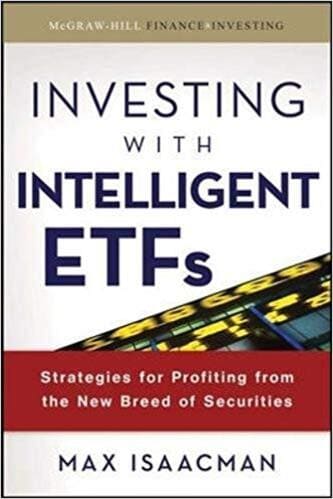
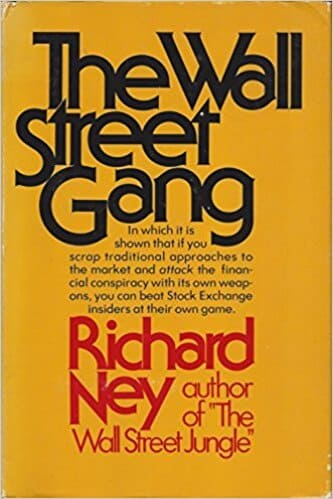
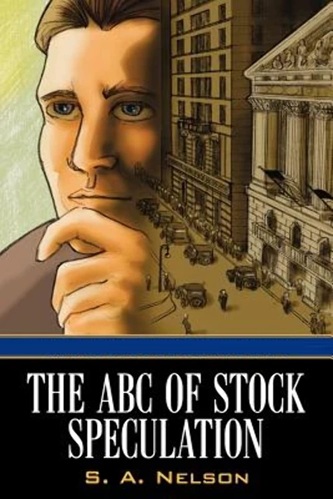
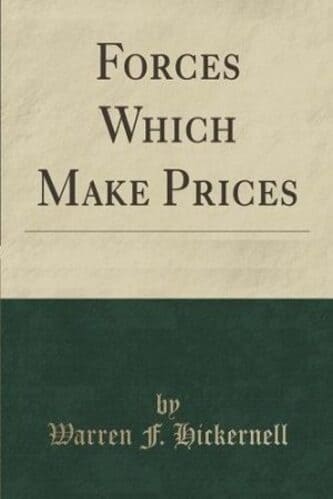
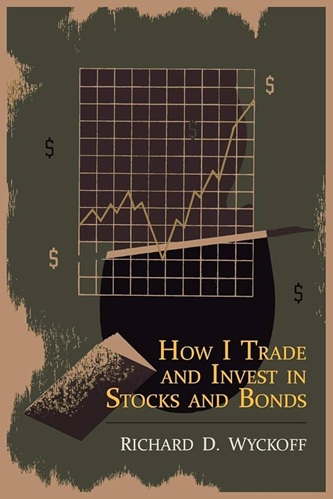
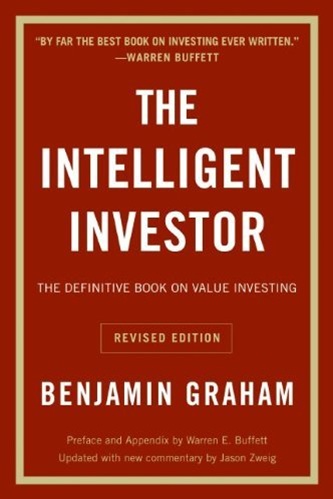
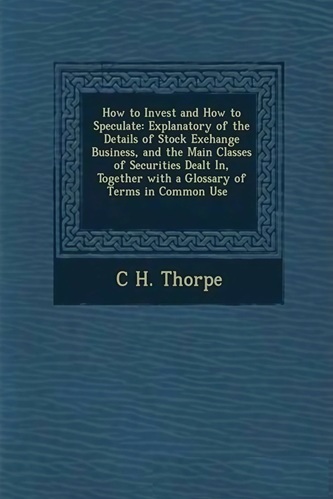
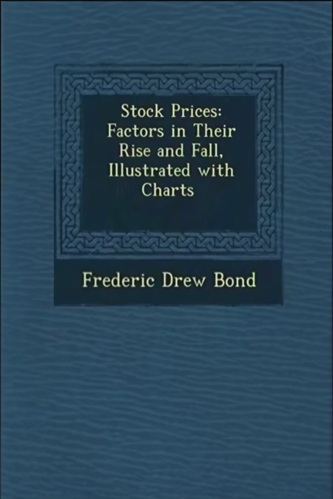
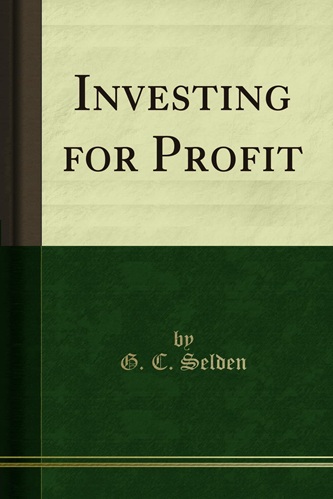
Raina Medrano (verified owner) –
This text by Max is easy to read and explains the variety of ETFs that are now available. I would have liked to see more graphs on the actual performance of these ETFs and more on portfolio construction using the ETFs in the text. That aside, it is an educational book and worth the acquisition and read.
Arian Colon (verified owner) –
This book title was interesting, but it fails to bring much “new” info. It has many pages of particular ETF’s, but most of the lists are incomplete, e.g. give 2 times short, but does not give single shorts, nor equivalent longs, etc. Most of the info can be found on Yahoo, & other places. There are some big “goofs” – like infering that the markets are now (as of 2007?) stable! He cites VIX as an example, “stable at about 15”, as of recent – Sept 2008 VIX has hit 40! So much for the books “predictions”. I do not recommend this book.